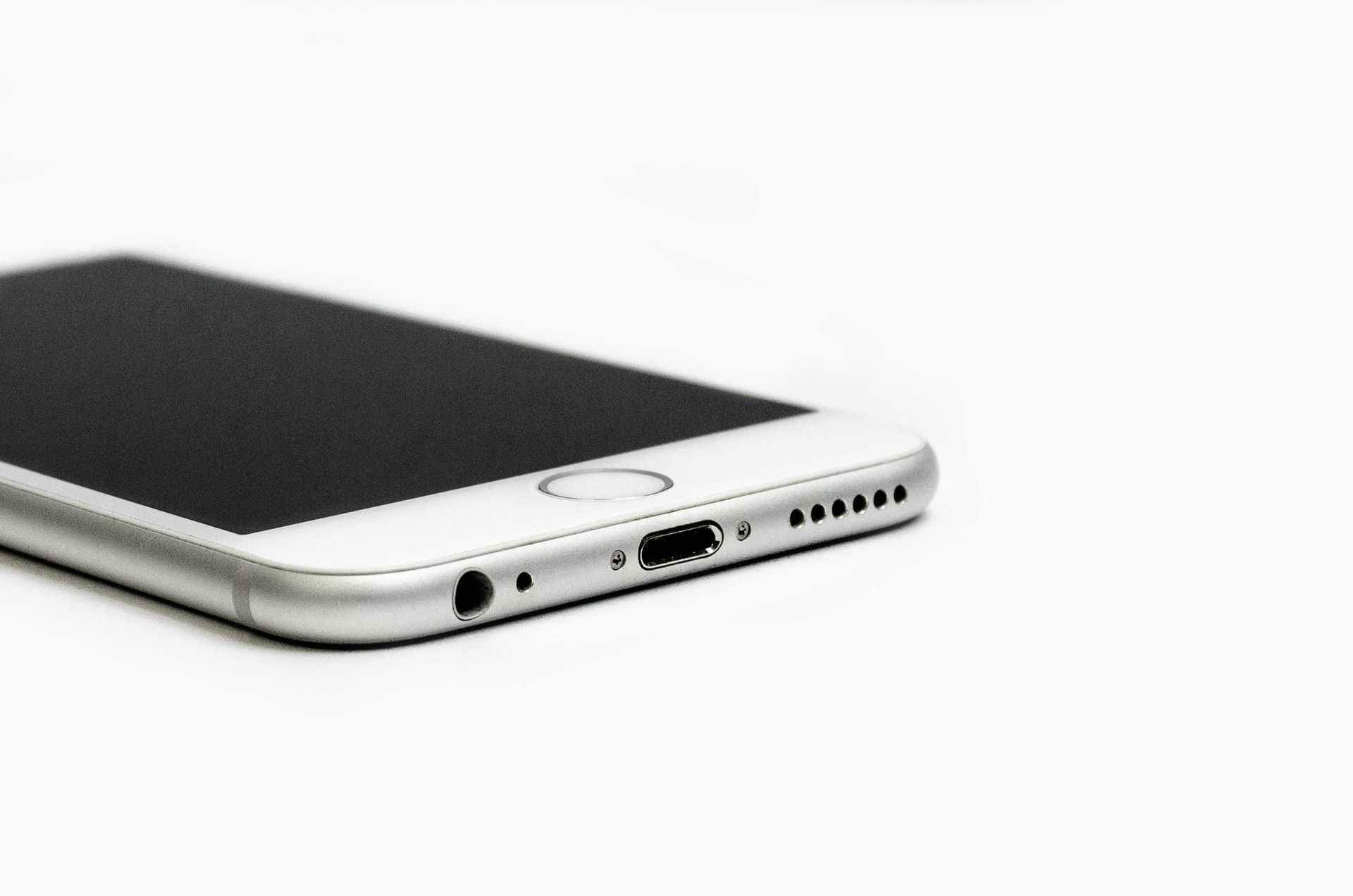What Are the Two Most Common Types of Bankruptcy for Individuals?
Most people have a general understanding of bankruptcy. Many are also aware that there are different types of bankruptcy. However, understanding the two types of bankruptcy for individuals is the first step in successfully discharging your debt.
Two Types of Bankruptcy for Individuals: The Payment Plan & the Discharge of Debts
Chapter 13 Bankruptcy is often referred to as the “payment plan” bankruptcy because under the terms of the Chapter 13, the petitioner does not seek to discharge all debt. Instead the goal of the Chapter 13 bankruptcy is to restructure the petitioner’s payments so they are more manageable in comparison to the debtor’s income, or to get rid of a portion of the debt so the debtor can manage the payments on the remaining debt.
Chapter 7 Bankruptcy is the traditional form of bankruptcy that most are thinking of when they refer to bankruptcy generally. Through a Chapter 7 bankruptcy, the petitioner pays for or gives up any property connected to secured debts. Surrendered nonexempt property is sold by the bankruptcy trustee in order to pay off as much debt as possible. The petitioner keeps exempt property, and all debt is discharged (with the exception of non-dischargeable debts). When a debt is discharged by bankruptcy, the debtor is forever released from all obligations to pay the debt.
The Main Differences Between Chapter 13 and Chapter 7:
When comparing the two types of bankruptcy, a few differences are immediately obvious. First, is the estimated timeline. Chapter 7 seeks a discharge of debt immediately, so depending on the amount of time the bankruptcy process takes, the Chapter 7 bankruptcy may be complete within months. The Chapter 13 bankruptcy seeks relief through a bankruptcy court approved repayment plan, so the timeline for this type of bankruptcy is significantly longer (3-5 years depending on the approved payment plan). Second, is the type of relief. As already stated, the Chapter 7 seeks a discharge of all debt, while the Chapter 13 may seek a partial discharge, but does involve some repayment of debt through the payment plan. The other major difference between the two common types of bankruptcy for individuals, is income related. In order to qualify to file Chapter 7 bankruptcy, petitioners must meet the income requirement. More specifically, they must not have enough income to pay all of their debts. This is determined by the Means Test.
If you need help deciding which type of individual bankruptcy is best in your situation, call Kenneth C. Rannick P.C., Tennessee, and Georgia bankruptcy attorney. We help good people through bad times.
The post What Are the Two Most Common Types of Bankruptcy for Individuals? appeared first on Kenneth C. Rannick, P.C..











